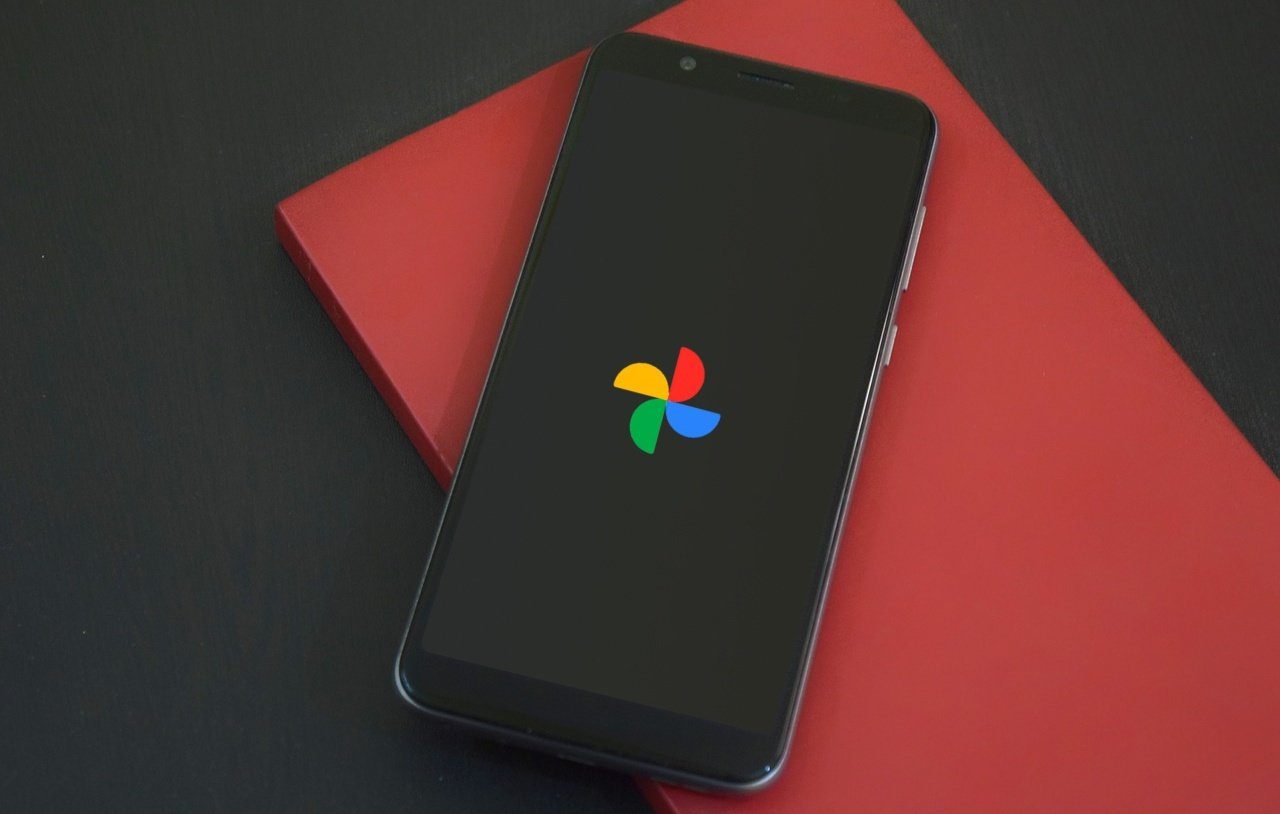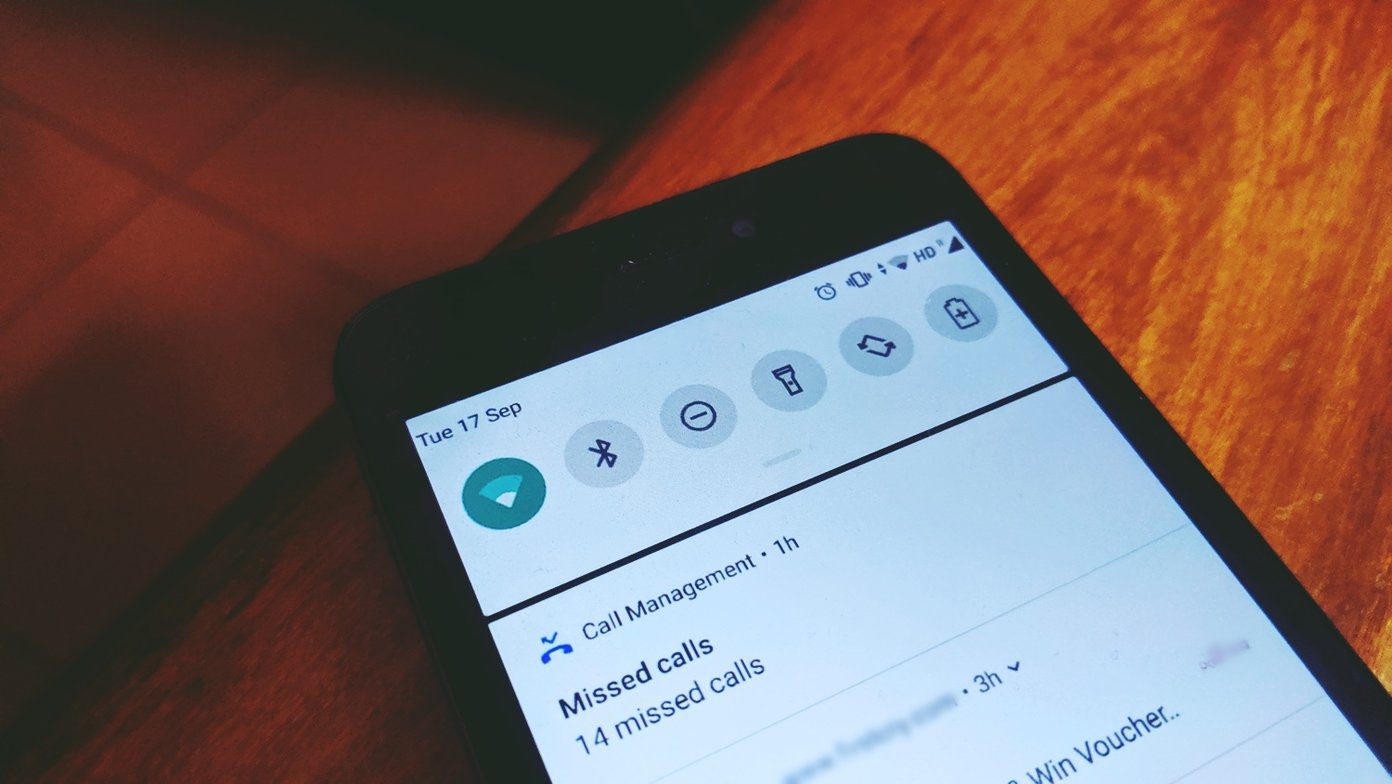But outside of the top ten languages, most of them are limited to their respective regional areas or countries. Others have only a few speakers left in the world. The Rosetta Project is an initiative to preserve some of these languages before they go extinct. And the way in which they have chosen to do it is quite innovative. Let’s find out. The Rosetta Project is an initiative to preserve some of these languages before they go extinct. And the way in which they have chosen to do it is quite innovative. Let’s find out.
What is Rosetta Project?
From there official About section, I have concatenated a short explanation about the project: The way in which they preserve the languages is not digital because any form of digital storage decays over a long time. They wanted a durable archive which would be creative, beautiful to look and arouse interest. Because let’s be honest, we don’t exactly find interest in reading about the Swahili language which seems to be going extinct. So the Rosetta Disk is their innovative towards this end.
The Rosetta Disk
You could write a 1000 page book containing a paragraph from each language, but who would read it? A book doesn’t tickle our fancies but a 3-inch round disk, which contains more than 10,000 sentences covering 1500 different languages, definitely creates interest. The disk is made up of nickel and the contents are micro-etched on the surface using a technology developed by Los Alamos Laboratories and Norsam Technologies. To give you a perspective about how small the micro-etching is, a single page is about 0.019 inches or half millimeters across. For comparison, that’s equal to the width of 5 human hair strands. To read the text you will need a lab microscope capable of zooming 1000x. Further, the etching process is so advanced that the text is immune to water damage, able to withstand high temperatures, and unaffected by electromagnetic radiation. Further, an OCR module can also be attached to a lab microscope to convert the text into the digital form. Cool Tip: You can browse the interactive version of the disk online here.
Can I Buy One or Help?
Yes, but not the exact disk. As the unique manufacturing process is too expensive to be replicated on mass production levels, they have made a Nanodisk in the form of wearable, using a similar process. But you will have to make a donation of at least $1,000 to The Long Foundation to get one. If you want to help their work you can either donate or even work as a volunteer with them. As we progress in time, there are many things that we’re prone to leave behind — several of which don’t find any mention in the history too. From Polar Ice caps to Coral Reefs, human actions are taking its toll on nature and heritage. Amidst all this, the work of Rosetta Project is commendable as they are preserving languages as well as giving us something to ogle at with awe. The above article may contain affiliate links which help support Guiding Tech. However, it does not affect our editorial integrity. The content remains unbiased and authentic.










